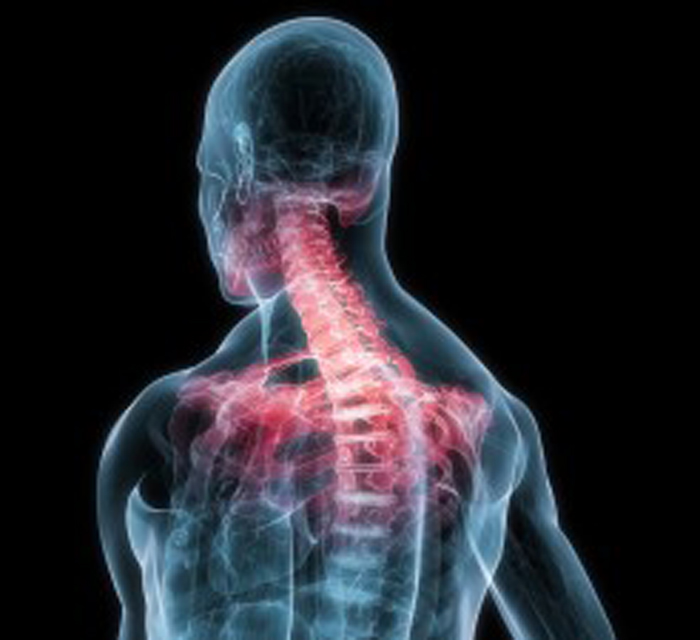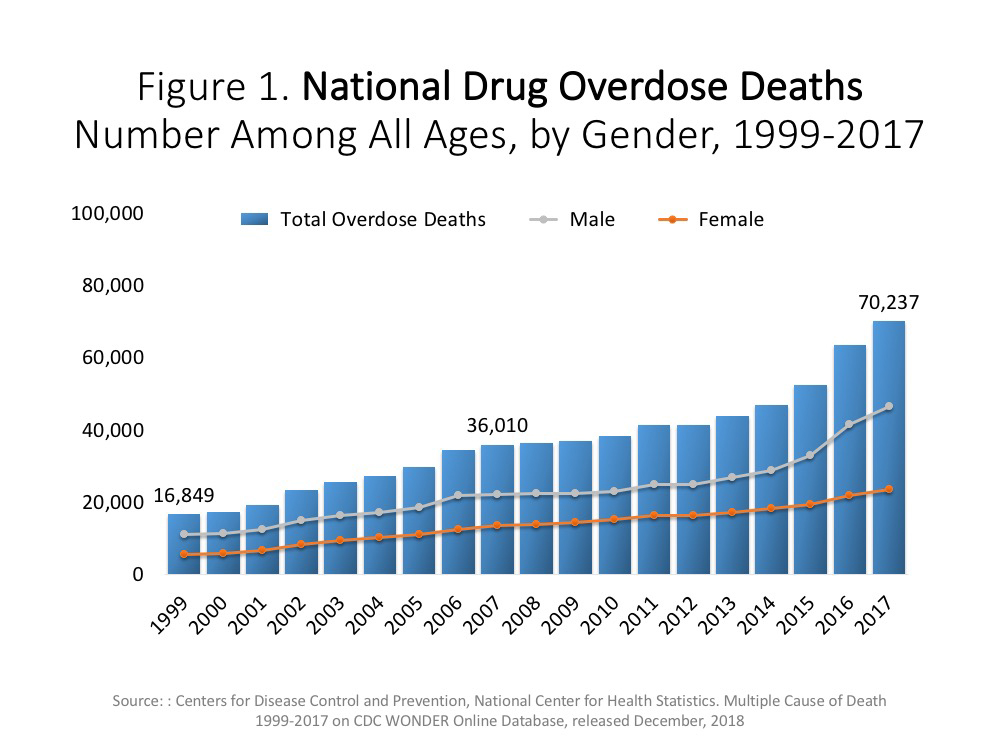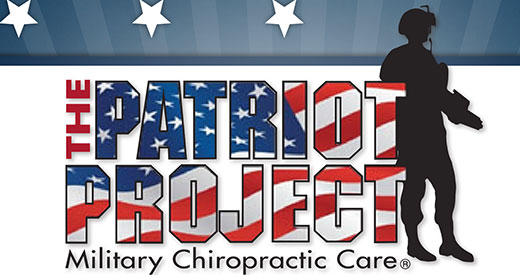Association Between Utilization of Chiropractic Services for Treatment of Low Back Pain and Risk of Adverse Drug Events
SOURCE: J Manipulative Physiol Ther. 2018 (May 26) [Epub]
James M. Whedon, DC, MS, Andrew W.J. Toler, MS, Justin M. Goehl, DC, MS, Louis A. Kazal, MD
Health Services Research,
Southern California University of Health Sciences,
Whittier, California.
OBJECTIVES: Mortality rates due to adverse drug events (ADEs) are escalating in the United States. Analgesics are among the drug classes most often associated with occurrence of an ADE. Utilization of nonpharmacologic chiropractic services for treatment of low back pain could lead to reduced risk of an ADE. The objective of this investigation was to evaluate the association between utilization of chiropractic services and likelihood of an ADE.
METHODS: We employed a retrospective cohort design to analyze health insurance claims data from the state of New Hampshire. After inversely weighting each participant by their propensity to be in their cohort, we employed logistic regression to compare recipients of chiropractic services to nonrecipients with regard to likelihood of occurrence of an ADE in an outpatient setting.
RESULTS: The risk of an ADE was significantly lower among recipients of chiropractic services as compared with nonrecipients. The adjusted likelihood of an ADE occurring in an outpatient setting within 12 months was 51% lower among recipients of chiropractic services as compared to nonrecipients (OR 0.49; P = .0002). The reported ADEs were nonspecific with regard to drug category in the majority of incidents that occurred in both cohorts.
There are more articles like this @ our:
CONCLUSIONS: Among New Hampshire adults with office visits for low back pain, the adjusted likelihood of an ADE was significantly lower for recipients of chiropractic services as compared to nonrecipients. No causal relationship was established between utilization of chiropractic care and risk of an ADE. Future research should employ larger databases, rigorous methods to reduce risk of bias, and more sensitive means of identifying ADEs.
KEYWORDS: Adverse Drug Event; Adverse Drug Reaction; Chiropractic; Low Back Pain
From the Full-Text Article:
Introduction
Adverse Drug Events
Adverse drug events (ADEs) are injuries that result from prescription drug interventions. Types of ADEs include medication errors, adverse or allergic reactions, and overdoses. Adverse drug events are associated with increased rates of disability, hospitalization and mortality, and may result from appropriate use of medications as well as overuse and misuse. [1] An analysis of 2 nationally representative probability sample surveys revealed that from 2005 to 2007 the highest incidence of ADEs occurred in outpatient settings and among patients aged 65 and older. [2] A systematic review reported a median prevalence rate for ADEs of 12.8% overall and 16.1% for elderly patients. [3] Mortality rates due to ADEs are escalating; the drug overdose death rate increased from 12.3 per 100,000 population in 2010 to 16.3 in 2015. [4]
Risk of an ADE Associated With Prescription Analgesia for Low Back Pain
A recent systematic review of pharmacologic therapies for low back pain found modest, short-term benefits for several types of medication used to treat low back pain, including acetaminophen, nonsteroidal anti-inflammatory drugs (NSAIDs), and opioids. [5] However, analgesics (particularly NSAIDs and opioids) are among the drug classes most often associated with occurrence of an ADE. [3, 6, 7]
-
Acetaminophen: Long thought to be safe and the most widely used nonopioid painkiller in the world, acetaminophen was recently reported to be associated with significant toxic effects (including hepatic and renal disease, gastrointestinal bleeding, and increased risk of myocardial infarction, stroke, and hypertension) particularly at higher doses. [8]
-
NSAIDs: An analysis of national survey data found that NSAIDs are the most commonly prescribed type of analgesic for older adults with chronic nonmalignant pain. [9] Nonsteroidal anti-inflammatory drugs offer effective analgesia for spinal pain, but carry increased risk of gastrointestinal reactions, [10] and a 100% increase in risk of heart failure. [11] The United States Food and Drug Administration has emphasized that patients using NSAIDs are also at added risk of a heart attack or stroke. [12] The safety of long-term use of NSAIDs is unknown. [13, 14]
Read the rest of this Full Text article now!






Leave A Comment